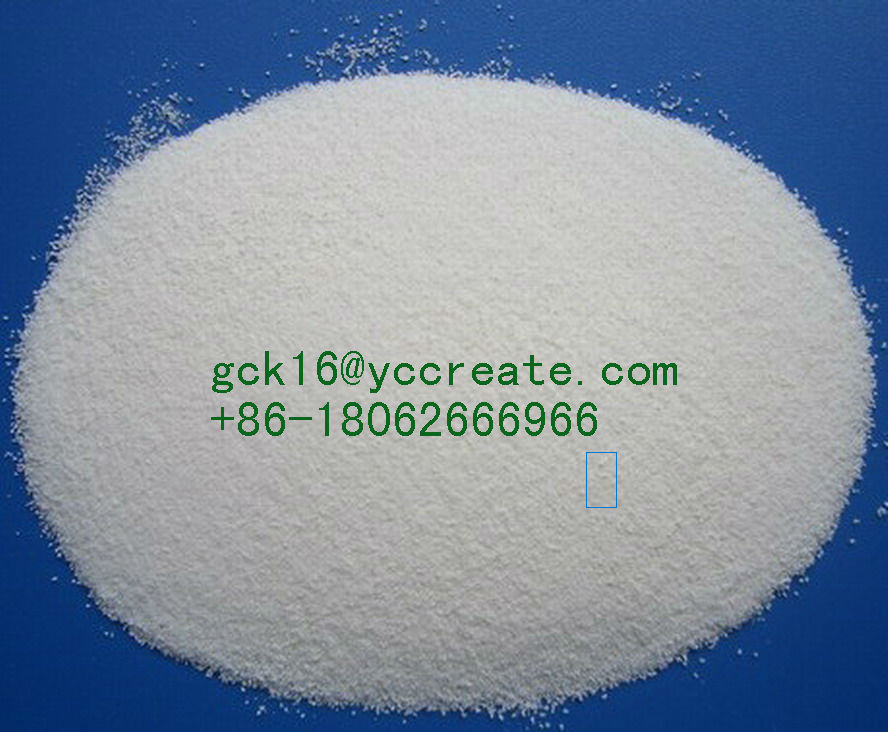4 - Acetanmidophenyl Retinoate - 4 - Acetanmidophenyl Retinoate Specificaton & Trade Terms
| Model | 4 - Acetanmidophenyl Retinoate |
|---|
| Place Of Origin | china |
|---|
| Price Term | EX-Work |
|---|
| Payment Term | T/T |
|---|
4 - Acetanmidophenyl Retinoate
Chinese name: English name of retinoic acid ester: 4 - Acetanmidophenyl Retinoate
Chemical structure: retinoic acid ester and retinoic acid on the therapeutic effect of comparison:
1. Retinoic acid ester with retinoic acid, has significant activity in a certain concentration range.
2. Retinoic acid ester and retinoic acid can effectively repair connective tissue area
Comparison of retinoic acid ester and retinoic acid toxicity: Experiments show that, even if the amount is ten times that of retinoic acid, retinoic acid ester stimulation of the skin erythema and dander also less than retinoic acid. Retinoic acid has a good therapeutic effect, and their role comparison, the efficacy of the retinoic acid ester is almost twice, and irritation of the skin is much smaller. Retinoic acid ester can effectively promote the metabolism of the epidermis. Regulation and slow the aging process of the epidermis and dermis layer, epidermal hyperplasia of connective tissue, eliminating wrinkles, increase skin elasticity, special effects and the treatment of acne. Stimulating much lower than the retinoic acid, ten times the therapeutic index of retinoic acid, and therefore is ideal for the active ingredient for the treatment of acne and wrinkle removal.
Applications: onset formulated as creams, but the product is almost insoluble in water, soluble in fat is also small, it is recommended optional oil phase was added the IPP more than 4%, IPM, or dispersing agents carbonate dioctyl ester, will help Further the homogenization temperature should be at 91 ± 1 ° C in the dissolution of the product,. Usually additive amount of 0.05 - 0.2%, the main component of such creams and can include any of the conventional excipients, and conventional additives, such as preservatives, thickeners, perfumes and traditional anti-oxidant, etc.
